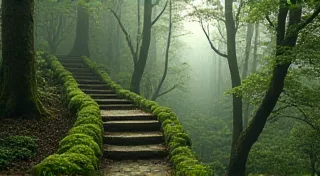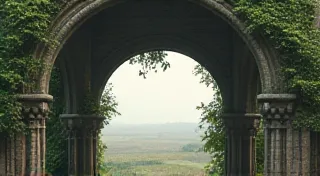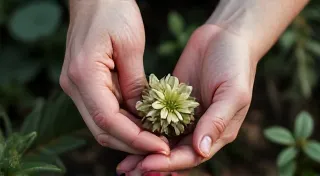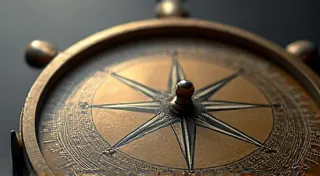A Symphony of Slang: How Youth Culture Reshapes Dialectal Norms
The air hung thick and heavy with the scent of aged wood and rosin. I was helping my grandfather, a retired instrument repairman, clean out his workshop. Amongst the tools and forgotten cases, a particular instrument caught my eye – an antique accordion, its bellows worn smooth with time, its keys a kaleidoscope of faded ivory. It wasn’t just a musical instrument; it was a repository of stories, a tangible link to generations past. He’s taught me a lot about respecting the craftsmanship involved in these instruments, and I find myself drawn to both the technical skill and the history embedded within. He used to tell me stories about the musicians who played it, about the songs they sang, and about the evolving language they used to express themselves. It struck me then, as it does now: language, much like a finely tuned instrument, is constantly being re-tuned, re-voiced, and sometimes, revolutionized, and youth culture is often the primary catalyst for this change.
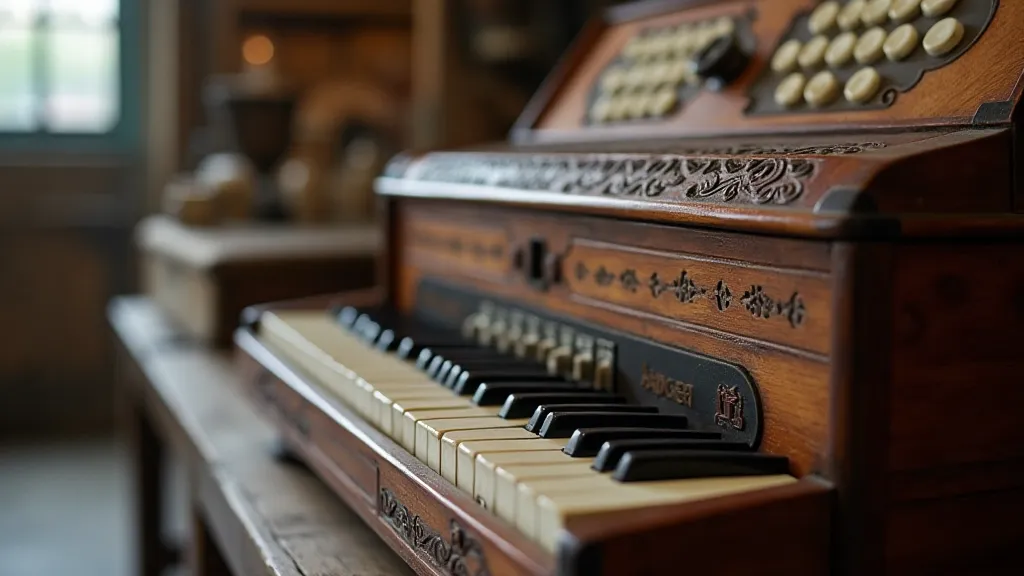
The Roots of Dialect: More Than Just Accent
Before we delve into the influence of youth, it's crucial to understand what we mean by dialect. It's frequently conflated with mere accent, but a dialect is so much more. It’s a complete system of language – including pronunciation, vocabulary, grammar, and idiomatic expressions – that’s specific to a particular geographic region or social group. Dialects emerge organically from historical factors like migration, isolation, and interaction with other languages. Think of Appalachian English, with its unique vocabulary and grammatical constructions rooted in the speech patterns of early settlers who arrived in the region centuries ago. Or consider the Gullah dialect spoken by the descendants of enslaved Africans in the coastal regions of South Carolina and Georgia – a vibrant linguistic blend preserving elements of African languages and English. These dialects represent a rich tapestry of cultural history, woven thread by thread over generations. The preservation of these linguistic treasures, and understanding their role in shaping identity, is a constant endeavor – some older generations find themselves dedicated to ensuring their continuity.
Youth as Linguistic Innovators
Now, let's consider the role of young people. Often dismissed as frivolous or rebellious, young people are, in fact, some of the most significant contributors to language change. Why? Because they're constantly seeking ways to differentiate themselves from previous generations, to establish a sense of belonging within their peer groups, and to express their unique perspectives on the world. This drive for innovation frequently manifests as linguistic creativity – the invention and popularization of new slang terms, the re-appropriation of existing words with new meanings, and the introduction of novel grammatical structures. These innovations, initially confined to the youth subculture, often gradually seep into mainstream language, reshaping dialectal norms. This process, while appearing rapid to those outside the generation experiencing it, is part of a longer, cyclical pattern of linguistic evolution. The nuanced ways in which narratives are shaped and passed down, tied to dialect, are fascinating and worthy of deeper study – one could explore how dialect and narrative intertwine to construct identity and memory.
Consider the evolution of the word "cool." Originally, it implied a low temperature. Over time, thanks in large part to the jazz scene of the 1940s and the subsequent influence of youth culture, "cool" began to signify something desirable, stylish, or admirable. This semantic shift wasn’t a deliberate, top-down process; it arose organically from the way young people were using the word to describe the music, the fashion, and the lifestyle they embraced. It's the same principle at play with terms like "lit," "sus," or “rizz," each gaining traction among Gen Z and rapidly spreading through online platforms.
The Echo of the Digital Age
The rise of the internet and social media has dramatically accelerated the pace of linguistic change. Online communities, often organized around shared interests or identities, have become breeding grounds for new slang terms and linguistic trends. Memes, viral videos, and online games all contribute to the rapid dissemination of new words and phrases, transcending geographic boundaries and uniting young people across vast distances. The speed at which these terms proliferate is unprecedented in human history. A word can go from obscurity to widespread usage in a matter of weeks, or even days.
This digital echo chamber isn't always positive, of course. The anonymity afforded by online platforms can sometimes encourage the use of language that's disrespectful, offensive, or exclusionary. But it also allows for the creation of entirely new dialects – online dialects – that reflect the unique cultures and communities that have emerged in the digital realm. These online dialects often blend elements of multiple regional dialects, creating hybrid forms of language that defy easy categorization. Furthermore, the interplay between the landscape and how language is expressed in specific areas – how topography and dialect influence one another – has become more complex with these online communities blurring geographic boundaries.
The Generational Divide and Linguistic Preservation
The constant evolution of language inevitably creates a generational divide. Older generations often express frustration or bewilderment at the rapid changes they observe in the language used by younger people. Terms that were once common can become archaic or even stigmatized, while new words and phrases can seem incomprehensible. This isn't necessarily a bad thing. Linguistic change is a natural process, and resistance to it is often futile. However, it’s important to remember and appreciate the richness of older dialects, the traditions they represent, and the stories they tell. The beauty and power of language can also be expressed through art, and the use of dialect in poetry offers a unique window into cultural expression – considering how dialect and poetry intersect provides valuable insights into the creative possibilities of language.

My grandfather's workshop, filled with the scent of old wood and the sounds of tinkering, served as a tangible connection to the past. He often lamented the decline of certain crafts and the loss of traditional knowledge. He would say, "Everything changes, but understanding the past helps us appreciate the present and shape the future." The same holds true for language. By studying the evolution of dialects, by understanding the forces that shape linguistic change, and by appreciating the creativity and ingenuity of young people, we can gain a deeper understanding of ourselves and the world around us. The role of elders in safeguarding these linguistic traditions is crucial, ensuring that the voices of previous generations continue to resonate.
The Future of Dialect
What does the future hold for regional dialects? It’s likely that globalization and increased mobility will continue to erode some of the distinctiveness of traditional dialects, leading to greater linguistic homogenization. However, it’s also possible that technology will empower new communities to preserve and revitalize their dialects, creating new opportunities for linguistic innovation. The influence of artificial intelligence in language generation is also a factor, potentially leading to unexpected shifts and hybrid forms. The interconnectedness of language and culture is undeniable; the preservation of dialects is often tied to broader efforts to maintain cultural heritage. Furthermore, considering how language is used within various communities and how those voices are represented is an essential component of fostering inclusivity and understanding.
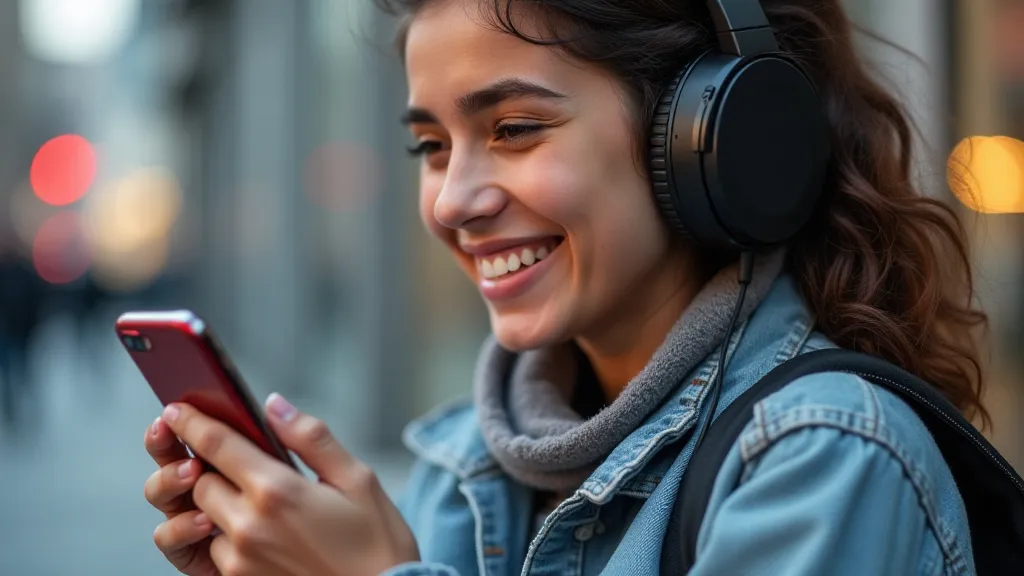
The influence of social media on linguistic development isn’t solely about the speed of change; it’s also about the amplification of marginalized voices and the creation of new spaces for linguistic experimentation. It's possible that future generations will create entirely new systems of communication that transcend the boundaries of traditional language, forging new connections and expressing identities in ways we can scarcely imagine today. The ongoing evolution of language serves as a constant reminder of the dynamism of human culture and the power of communication to shape our world.

